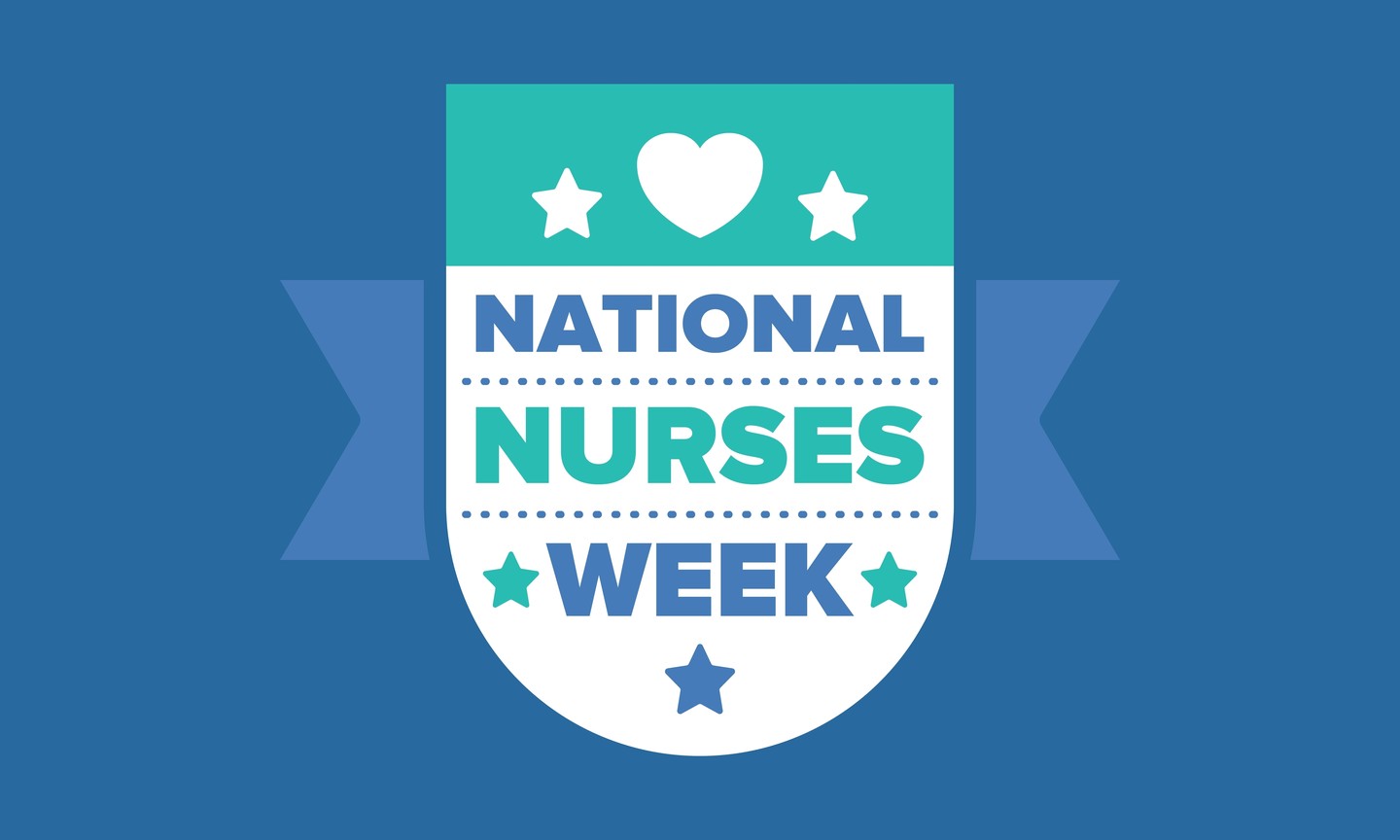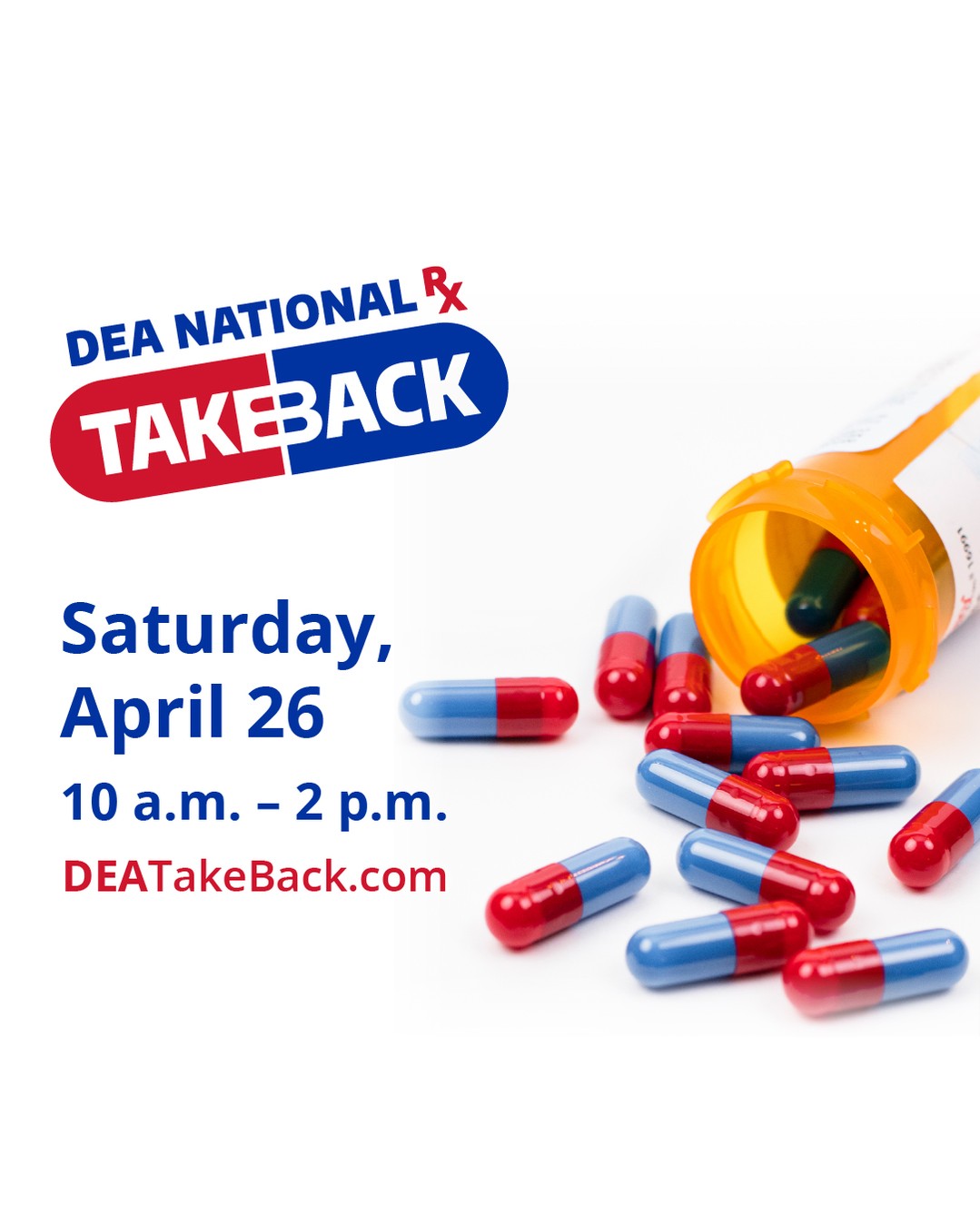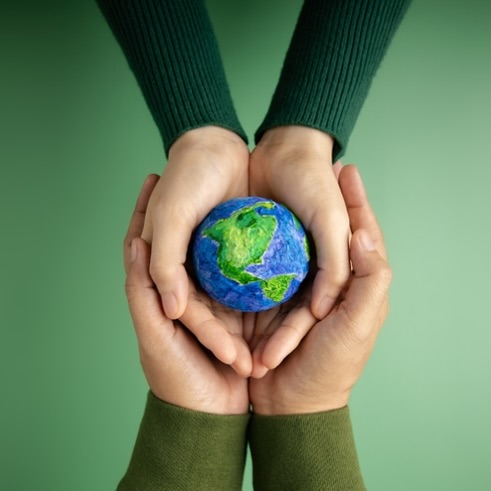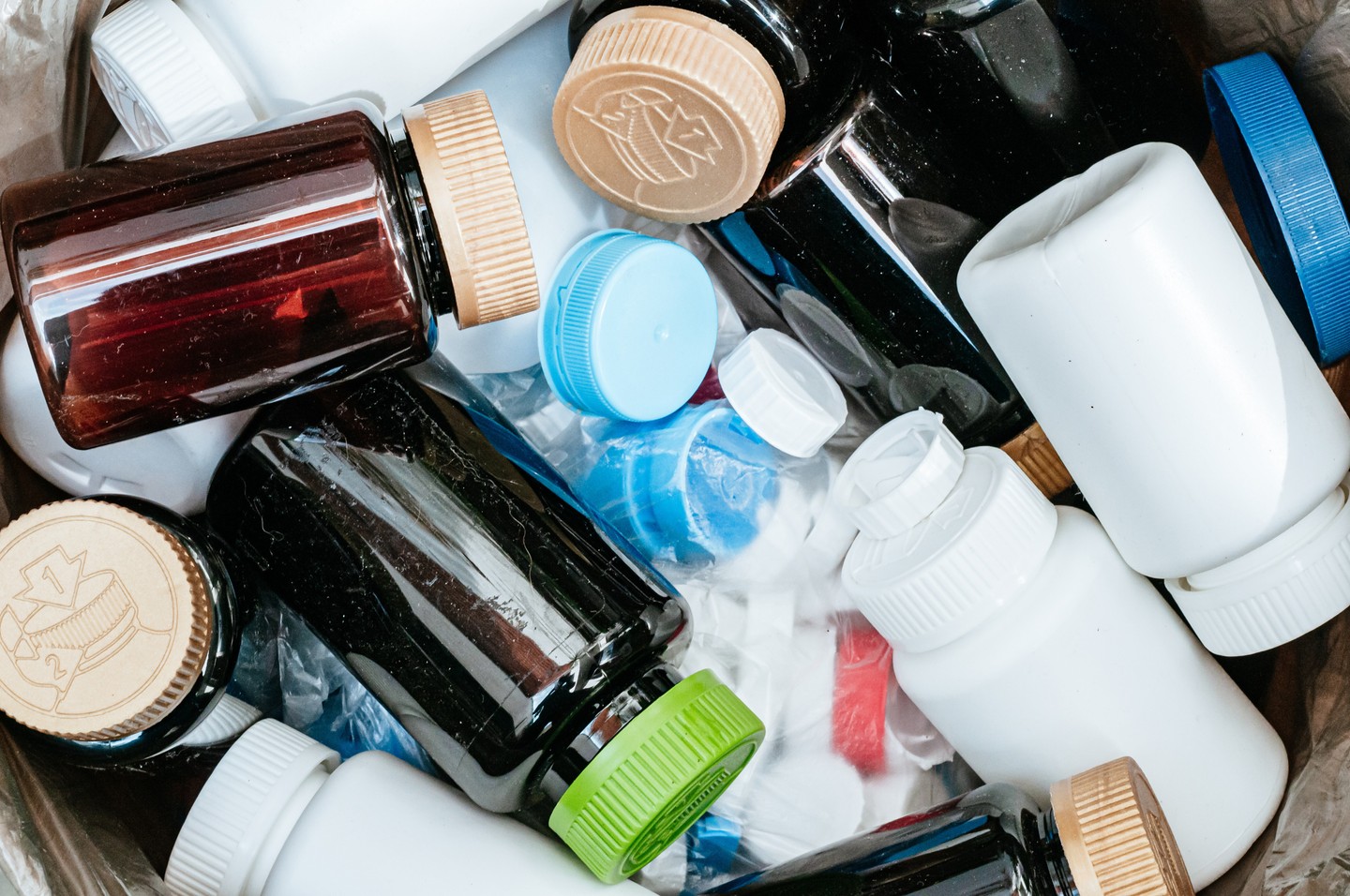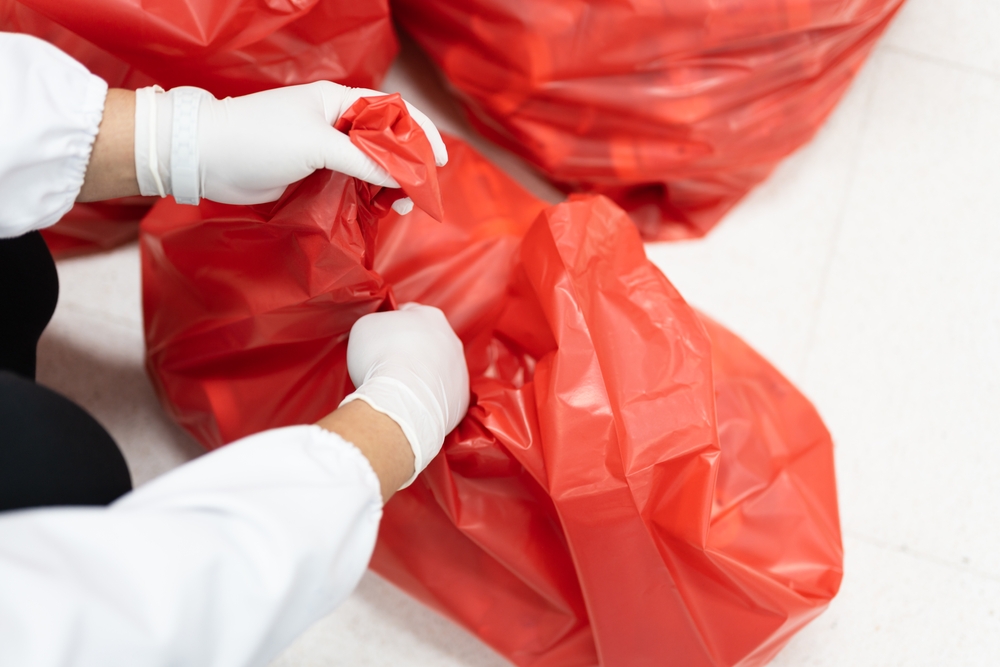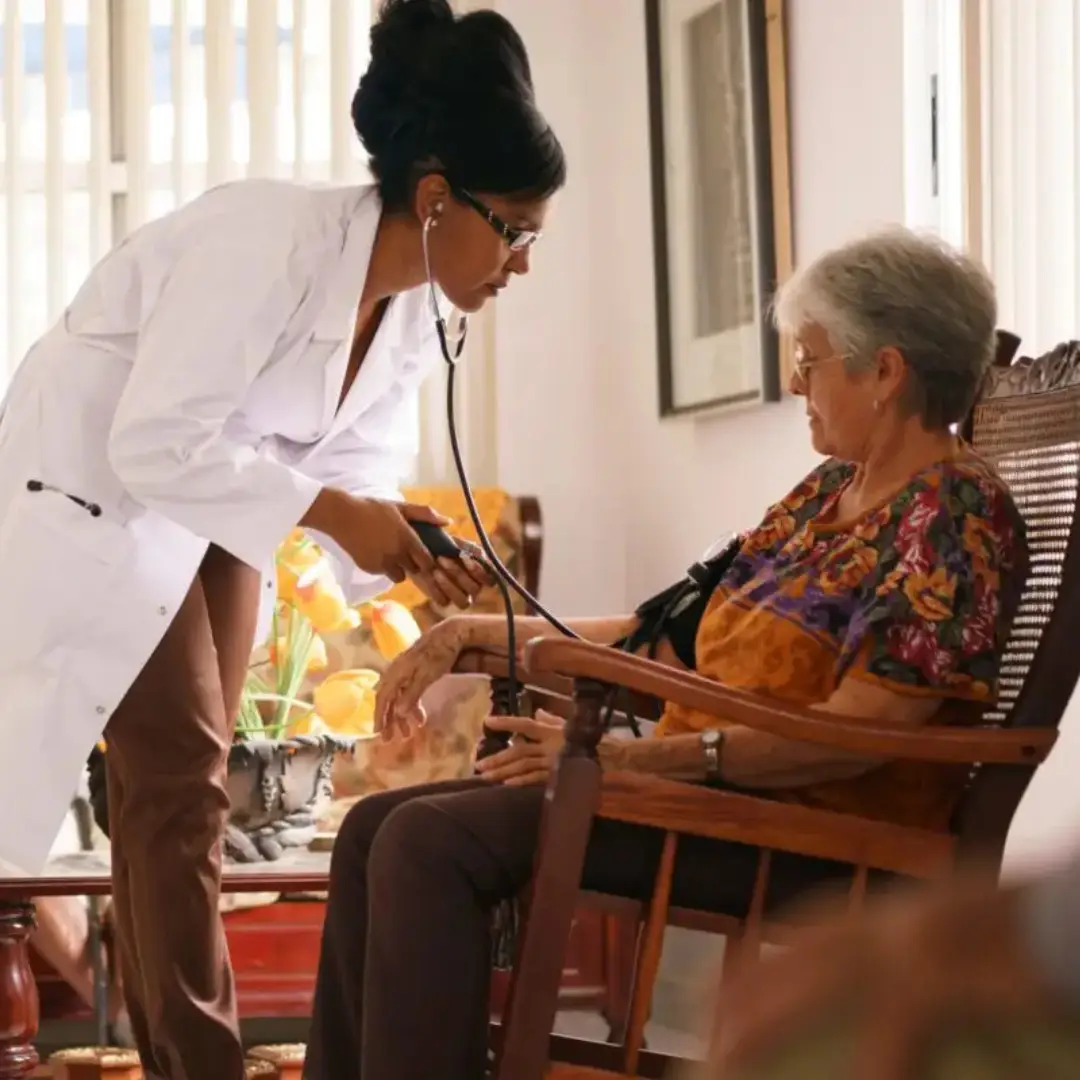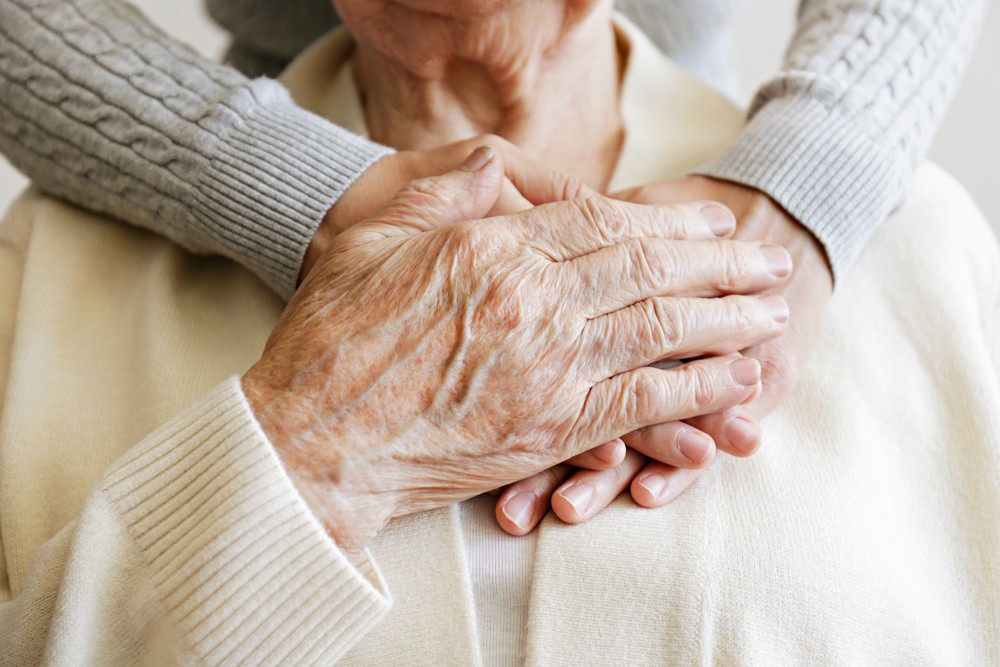For Milli Martinez of North Hollywood, CA, recycling has been a way of life. For years, she has taken her own reusable bags to the grocery store. At retail stores, she would also decline their bags and use her own. Then came the coronavirus pandemic. Many grocery stores switched back to single-use plastic bags and prohibited customers from bringing their own reusable bags. While annoyed at the waste, Martinez says she understands the motivation to stop the spread. Even so, she says, “I’m concerned people will get out of the habit of recycling.”
While the situation has been difficult for Martinez, many of us seem to be doing just fine with — perhaps wallowing in — our new, disposable habits. As COVID-19 has brought anxiety, worry, and social distancing, it has also brought piles and piles of trash and waste. It’s not just plastic grocery bags, but also disposable masks and gloves. As more businesses reopen, there’s more trash coming. Restaurants are being encouraged to use disposable menus.
One company marketing single-use menus online provides an estimate of how many throwaway menus might be needed. For a restaurant serving 60 customers a day 6 days a week, they suggest buying 1,500 menus to distribute and throw away every month.
Then, there are health care workers’ disposables to stem the spread of the virus. Their needs for personal protective equipment, or PPE, to care for COVID-19 patients has skyrocketed.
In early March, the World Health Organization estimated that 89 million medical masks are needed every month, globally, for the COVID-19 response, along with 76 million exam gloves and 1.6 million goggles. As of June 10, according to the Federal Emergency Management Agency, federal officials have sent out or are currently shipping 94.7 million N95 respirators, 149.2 million surgical masks, 14.3 million face shields, 44.6 million surgical gowns, and over 1 billion gloves to help deal with the pandemic.
Before the pandemic, the 23 Northwell Health hospitals in New York used about 250,000 pairs of gloves a day; now, it’s 500,000 pairs, says Donna Drummond, senior vice president and chief expense officer. The global market for disposable face masks, used by health care workers and consumers, was more than $74 billion in the first three months of 2020, according to a market report.
Who’s Producing the Most Waste?
Still, the biggest overall increase in waste and trash since the pandemic began is not from hospitals, but from residences, says Anne Germain, chief operating officer and senior vice president of regulatory affairs for the National Waste and Recycling Association. “For restaurant, retail, and offices, the numbers are down,” but “residential waste is up about 30%,” she says, citing reports from members. The association represents about 700 U.S. private waste and recycling companies. That may change as states reopen, but because people weren’t getting out as much, trash piled up.
“Even though people were working at home, they were generating a lot less paper than when they were in the office,” she says. But the volume of cardboard boxes is up — a change she calls “the Amazon effect,” with everyone ordering ”so much stuff they get tons and tons of boxes.” At the same time, an expected deluge of virus-contaminated medical waste didn’t happen. “We have actually seen a decrease in medical waste volumes during COVID,” says Selin Hoboy, vice president of government affairs and compliance at Stericycle, which operates 50 medical waste treatment facilities. “During April 2020, medical waste pounds collected in North America were down 12%, compared to April 2019. She says that was likely due to people postponing preventive care and elective surgeries, along with the temporary closure of smaller, independent health care practices. “Surgical procedures generate a lot of trash,” says Ira Nash, MD, senior vice president and executive director of Northwell Health Physician Partners in New York. So while the need for supplies for COVID patients was increasing, it was probably offset by the lack of elective surgeries being done. Arman Zeytounyan, vice president and chief marketing officer at BioWaste Inc., a medical waste management firm in Burbank, CA, says his company also handled less medical waste in April, but it had average amounts in May.
“Medical waste in general probably has a poor track record of recycling,” Nash says. Much equipment is made out of plastic, and ”it’s designed to be single-use both as a way to make it cheaper, but also because of issues of infection prevention and not wanting to transmit things from one patient to another.”
How to Handle Household COVID-19 Waste
For people who have a household member with COVID, and need to dispose of waste that may be infected, Germain advises bagging the material and putting the bag in the trash, or setting it aside for a couple of days to let the virus die off.
Wash your hands well after disposing of the trash, says Aaron Glatt, MD, chief of infectious diseases and hospital epidemiologist at Mount Sinai South Nassau in Oceanside, NY.
A regular routine house cleaning is fine, he says. When you place the waste in the trash, if you are in an area without automated trash can collection, disinfect the handles of the cans to help protect the trash collectors, Germain suggests. They likely won’t be touching the bags inside, she says.
Now, a Healthy Return to Some Reusables?
Some experts now say consumers can safely resume using reusable products, like bags and coffee mugs. That’s because more information is known now about how the virus is transmitted, and using less plastic will help the environment.
Nearly 130 scientists, doctors, and academic experts, along with Greenpeace USA and UPSTREAM, issued a statement June 22 addressing the safety of reusables during the pandemic. They cite evidence from the CDC that the virus is thought to spread mainly between people in close contact though respiratory droplets when someone infected coughs, sneezes, or talks. The CDC says there is ”likely very low risk of spread from food products or packaging” because the virus doesn’t survive well on surfaces.
California’s temporary suspension of its ban on single-use plastic bags expired June 22. When California’s ban on single-use plastic bags was paused in April and May, as many as 1 billion of them were distributed in California, according to Californians Against Waste. A return to reusables will help the environment, says John Hocevar, a marine biologist and oceans campaign director for Greenpeace USA. “We see whales wash up on beaches with stomachs full of plastic bags,” he says. Disposable gloves, when they get washed into the ocean, “can easily be mistaken for jellyfish by sea turtles.” The elastic straps on masks can get tangled on sea life.
The UPSTREAM site has suggestions for keeping retail workers comfortable when customers return to reusables, such as contact-less interaction, with customers bagging their own groceries.
This post, COVID-19 Fallout: Tons of Trash, first appeared on https://www.webmd.com.
